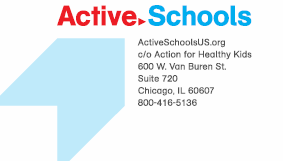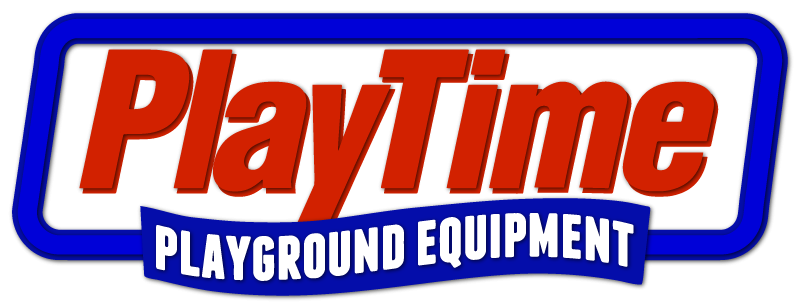Physical Education & Physical Activity are an Intregal Part of the Education Process During COVID-19
Safely and effectively educating our children during the COVID-19 pandemic is requiring education
systems to make many adjustments. While each community’s circumstances and approach will vary,
a common theme is what is best for students.
COVID-19 has illuminated the importance of prioritizing health and well-being. During this
pandemic, the foundational aspect of school re-entry plans is to ensure the health and safety of
students, staff, and families by implementing infection control measures. However, the health and
well-being of students must be more than that. Schools need to address the stress, anxiety, trauma,
and social isolation that students are experiencing.
The American Academy of Pediatrics’ COVID-19 Planning Considerations: Guidance for School Reentry
states that “schools are fundamental to child and adolescent development and well-being and
provide our children and adolescents with academic instruction, social and emotional skills, safety,
reliable nutrition, physical/speech and mental health therapy, and opportunities for physical
activity, among other benefits” and “it is also critical to maintain a balanced curriculum with
continued physical education and other learning experiences rather than an exclusive emphasis on
core subject areas.”
The Physical Activity Guidelines for Americans recommends that children and adolescents ages 6
through 17 years participate in 60 minutes or more of physical activity daily. Extensive scientific
evidence demonstrates that regular physical activity promotes growth and development in youth
and has multiple benefits for physical, mental, and cognitive health.
Active Schools, a national collaborative of 90 organizations that help schools and families provide
kids with movement opportunities every day, urges education decision-makers to recognize the
critical importance of maintaining physical education and physical activity as an integral part of the
education process during COVID-19.
1) Schools need to educate the whole child. CDC and ASCD’s Whole School, Whole Community,
Whole Child (WSCC) model addresses the symbiotic relationship between learning and
health and calls for greater alignment, integration, and collaboration between education and
health to improve each child’s cognitive, physical, social, and emotional development. The
WSCC model highlights school health components which every school should have to ensure
the health, safety, and well-being of their students, staff, and environment. One of the 10
components is Physical Education and Physical Activity.
2) Schools should implement a holistic and integrated approach to providing physical education
and physical activity including physical education class, movement and mindfulness activities
in the classroom, recess, and at-home activities. Participation is needed from all
stakeholders, including physical education teachers, classroom teachers, school
administrators, parents, and students.
3) Physical education teachers have the knowledge and skills to coordinate a holistic and
integrated approach. They should be asked to provide leadership for planning physical
education and physical activity in ways that adhere to COVID-19 public health practices
such as physical distancing, hygiene, no shared equipment, and disinfecting equipment.
4) Physical education learning outcomes during COVID-19 should emphasize physical activity
participation, social and emotional learning, good health, and disease prevention. These
outcomes can be achieved whether learning is taking place in-person, at-home, or through
a blended approach.
5) Physical education and physical activity should be utilized as a mechanism for social and
emotional learning. School staff, such as physical education teachers, classroom teachers,
and counselors, should collaborate on a schoolwide approach to social and emotional
learning.
Educating and caring for our kids requires attention to their physical, mental, and cognitive health
needs. While there are legitimate concerns about time lost for academic learning, kids cannot be
ready to learn and academically successful if we neglect their physical and mental health. We must
not be shortsighted about what our kids need during COVID-19 and always. They need to move and
play and laugh. Physical education is the foundation for a physically active lifestyle and foundational
for the health and well-being of our children during and after COVID-19. For school year 2020-21,
the discussion must not be whether we offer physical education and other movement
opportunities, it must be how to do so safely and effectively. Fortunately, excellent guidance has
been developed to provide physical education and physical activity through in-person, virtual, and
hybrid approaches.
“We must not be shortsighted about what our kids need
during COVID-19 and always. They need to move and play and
laugh. Physical education is the foundation for a physically
active lifestyle and foundational for the health and well-being
of our children during and after COVID-19.”
-Charlene Burgeson, Executive Director, Active Schools



